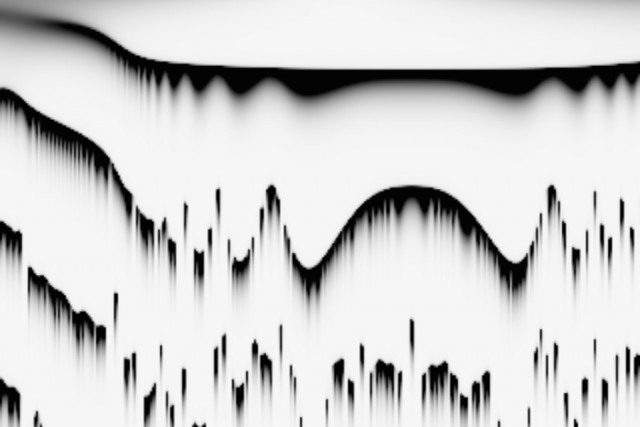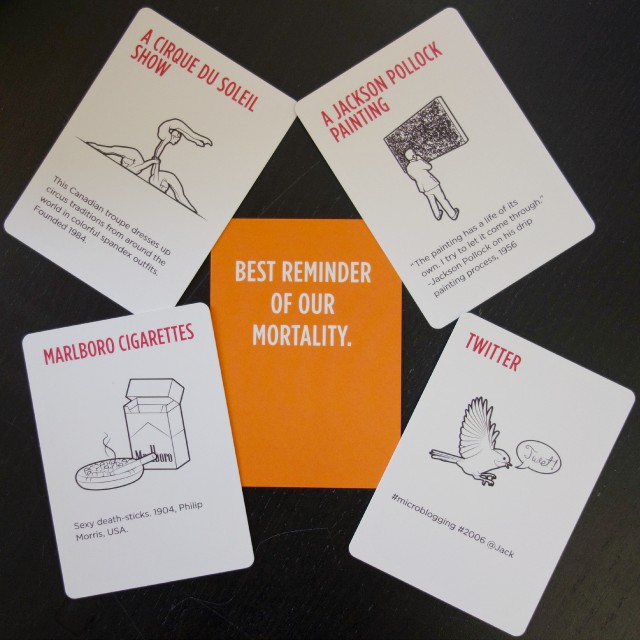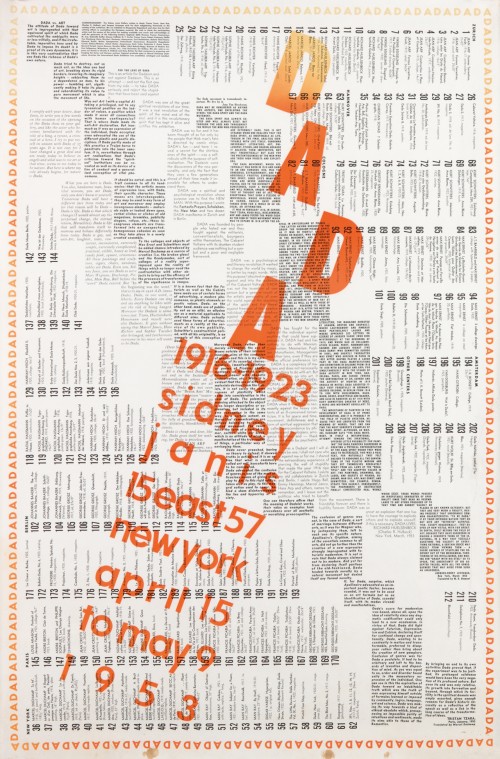El reloj
Matt Gemmell hablando de Apple Watch y su relación con los otros dispositivos:
I’m making full use of the Watch, including all the much-touted stuff like fitness tracking, sending sketches and taps to other wearers, and controlling the music in my office from my wrist. But the revelation for me has been how this little gadget – so very clearly a 1.0 product – has changed my relationship with my other devices.
In the same way that the iPhone was the first phone to really start eating away at what we used computers for, the Watch is the first wearable that’s lessened the amount of time I spend with my phone. For much of my day, the iPhone has become a sort of server, sitting quietly in a pocket, facilitating my interactions with its little brother.
Origen: Distractions – Matt Gemmell



